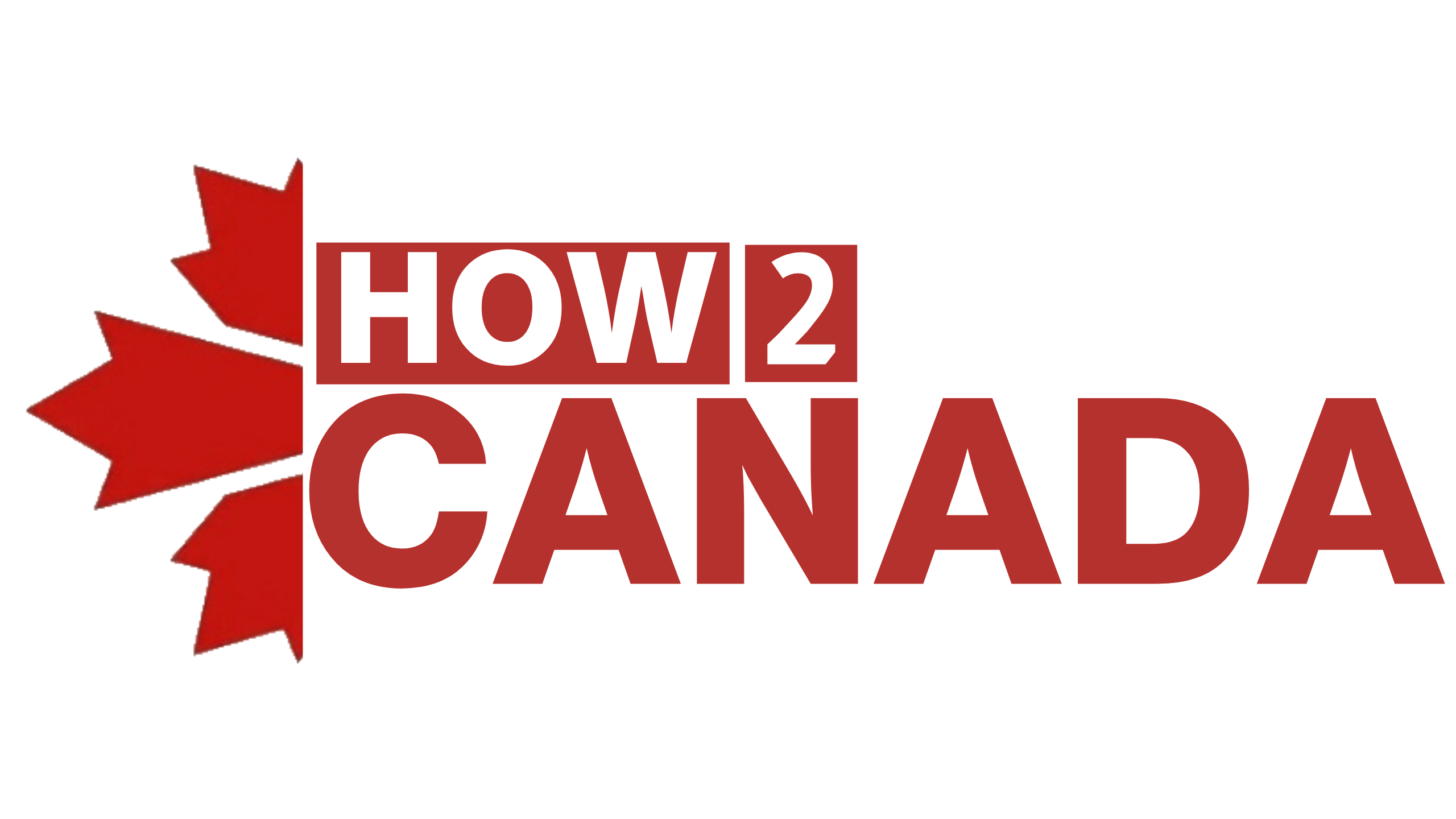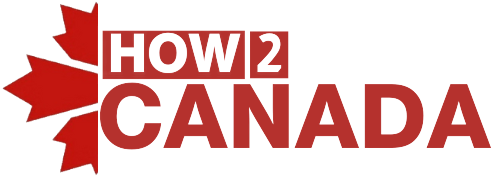💸 Navigating Personal Income Tax in Canada

Moving to a new country can be an exciting and challenging experience, and understanding the local tax system is crucial for financial stability. In Canada, personal income tax is a key component of the tax structure. This article aims to guide newcomers through the basics of personal income tax, including taxable income, tax brackets, deductions, and the necessary tax forms.

📝 In this article:
- Part I: Understanding Personal Income Tax in Canada
- Part II: Navigating Tax Brackets and Deductions
- Part III: Mastering Tax Forms and Filing
Part I: Understanding Personal Income Tax in Canada
1.1 What is Personal Income Tax?
Personal income tax is a tax imposed on the income individuals earn throughout the year. It helps fund essential public services and infrastructure, such as healthcare, education, and transportation. The Canadian government uses a progressive tax system, where tax rates increase as income rises.
1.2. Taxable Income:
Taxable income is the amount of income you are required to pay taxes on. It includes various sources of income, such as employment income, self-employment income, rental income, investment income, and more. Understanding what is considered taxable income is essential for accurate tax filing.
Part II: Navigating Tax Brackets and Deductions
2.1. Tax Brackets:
Tax brackets determine the rate at which your income is taxed. Canada has federal and provincial tax brackets, and the rates differ across provinces. As a newcomer, it's important to familiarize yourself with the tax brackets applicable to your province or territory.
2.2. Marginal Tax Rate:
The marginal tax rate is the rate applied to the highest portion of your income within a tax bracket. It's essential to understand how marginal tax rates work, as they affect the overall tax you owe. By understanding these rates, you can optimize your financial decisions and plan for a more tax-efficient future.
2.3. Deductions:
Deductions are expenses or credits that can be subtracted from your taxable income, reducing the amount of tax you owe. Common deductions include medical expenses, charitable donations, and education expenses. Familiarizing yourself with available deductions is crucial to maximizing tax savings.
Part III: Mastering Tax Forms and Filing
3.1. T1 General Form:
The T1 General form is the primary tax form used by individuals to report their income and deductions. As a newcomer to Canada, you will likely be required to fill out this form. We will walk you through each section, providing helpful tips and guidance to ensure accurate and efficient completion.
3.2. Filing Deadlines:
It's important to be aware of the tax filing deadlines to avoid penalties and interest charges. Generally, the deadline for filing your personal income tax return is April 30th of each year. However, as a newcomer, you might be eligible for certain extended deadlines, so it's essential to research and understand your specific situation.
3.3. Seeking Professional Assistance:
If navigating the Canadian tax system seems overwhelming, seeking professional assistance can provide peace of mind. Qualified tax professionals, such as accountants or tax advisors, can help ensure your tax return is accurate and optimized for your financial situation.
🎬 Conclusion
Understanding personal income tax in Canada is crucial for newcomers seeking financial success. By grasping the basics of taxable income, tax brackets, deductions, and knowing how to complete the necessary tax forms accurately, you can effectively manage your taxes and optimize your financial well-being. Remember, staying informed and seeking professional guidance when needed will contribute to a smooth transition into the Canadian tax system.





Comments ()